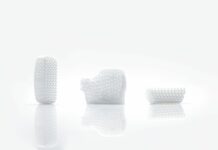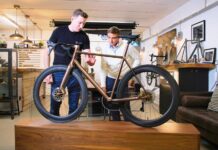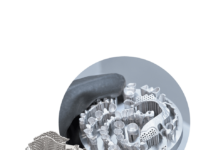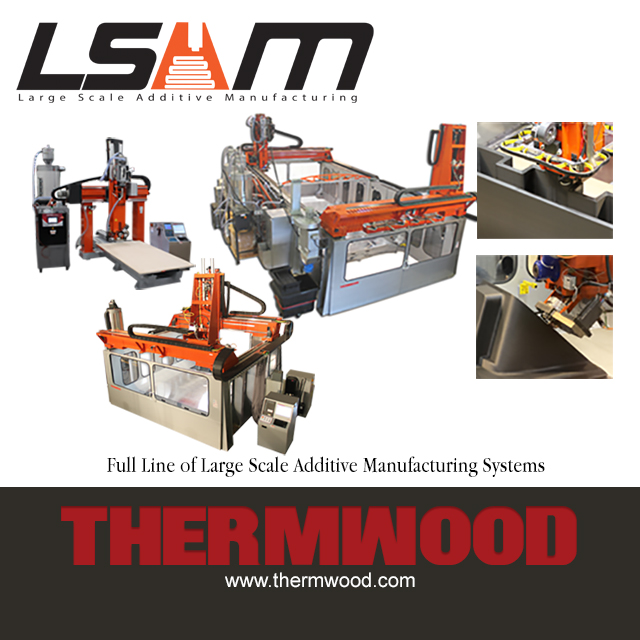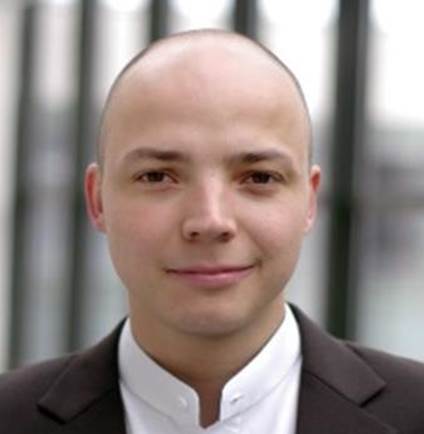 Aconity3D is a provider of flexible laboratory metal Additive Manufacturing (AM) systems. The company is located in Aachen, at the heart of technology hubs such as RWTH University and Fraunhofer research institutes.
Aconity3D is a provider of flexible laboratory metal Additive Manufacturing (AM) systems. The company is located in Aachen, at the heart of technology hubs such as RWTH University and Fraunhofer research institutes.
The company’s core business is dedicated to the development of 3D printing of metal parts through the combination of open architecture software and hardware systems.
This synthesis allows for further integrating on-line process control tools, drawing extended information directly from the process. Finding new solutions and partnering with customers towards innovating this vast growing field of research brings along further business units, such as Consulting, Job shop, Testing Facilities and Material Distribution.
In this spirit, Aconity3D has decided to develop its 3D printing activities in the USA, a first internationalization directly out of Europe. Yves-Christian Hagedorn, Managing Director of the company explains the choice of this destination. #OpinionoftheWeek
Aconity3D chose to expand its activities directly out of Europe. Why the USA, especially Texas?
The USA have always been one of our main markets. Therefore, it just came naturally to extend our activities there which mainly consist in improving servicing of our present systems and increasing sales of new systems.
The choice of Texas, especially the University of Texas at El Paso (UTEP) is due to our special ties with the University, well before the first days of Aconity3D itself.
We strongly believe that trust is one of the most important drivers behind a cooperation, which is why we have chosen El Paso and the team at the W.M. Keck center at UTEP – a team that is acknowledged for its 3D printing research entities.
With regards to your collaboration with UTEP, could we say that your priority on the American market will firstly be research?
Aconity3D has started out as mainly serving the market for research systems. This is mainly driven by the open architecture of the systems, which allows to extend the state of the art dramatically.
However, the capability of having access to absolutely all process parameters has also proven to be a major enabler for many industrial applications. Especially applications in which no “out of the box” approach exists are perfectly suited for our systems.
This holds for instance for customers, who need to develop their individual unique selling point; This can be done by extending the scope of applicable materials by application of a high-temperature preheating, improving part quality by online-sensing and increasing productivity by adopting process parameters, just to name a few.
The cooperation with UTEP and the W.M. Keck center is mainly driven by their acknowledged competences in R&D as well as their output of young talented personnel, which we hope to be able to excite for our cause. The latter is especially important as finding trained personnel for AM represents one crucial bottleneck.

The USA market is very promising and competitive. Tell us about three characteristics that will distinguish your 3D printers from others of the same range.
Our machines distinguish themselves as having an open architecture and being highly modular, suiting each individual customer and his application. Our systems allow full control of every parameter within the machine. Furthermore, we offer a high-temperature preheating of up to 1200 °C, which represents a strong tool for sophisticated material research in this field.
Other benefits are complete control of the optical path and the possibility of manipulating the spot size.
According to you, what’s the company’s biggest strength on the USA market? If you had to mention the company’s weakness/apprehension on that market, what would it be?
Speaking about our strengths, I would say our flexibility and capability of addressing customer wishes for individual applications combined with our experience in business.
However, such flexibility and build-to-order capability lead to one of our main weaknesses – the fairly long lead-time of about 20 weeks. One weak point, we are trying to tackle within the next few months.
Could we expect another internationalization strategy in a European country?
Sure, like pointed out before, improving service is one of our main drivers, therefore, we want to be wherever our customers are.
Tell us about an interesting challenge you faced in one of your case studies. How did you overcome it?
The beauty of what we do is that it’s all really interesting as pretty much all our endeavours are new and have never been tried before. Probably one more interesting approach was the conjoined development of a capability to print very small structures of < 50 µm wall thickness. This approach calls for interdisciplinary work, as providing adapted optics, for smaller spot sizes, an adapted powder deposition unit, capable of distributing really fine particles and extensive parameter studies, aimed at decreasing the energy input.
The outcome is amazing and might open up completely new applications, possibly within the medical sector.
Your last word?
Sure, thank you 3D Adept for this interview. Also, we would like to express our gratitude to Fraunhofer ILT which gave us great support during our first days. Furthermore, we would like to thank Prof. Ryan Wicker the founder of the W.M. Keck Center and Dr. Natalicio the President of UTEP for making this extraordinary cooperation possible. Thank you and see you next time.
For further information about 3D Printing, follow us on our social networks and subscribe to our newsletter!
Would you like to be featured in the next issue of our digital magazine? Send us an email at contact@3dadept.com
//pagead2.googlesyndication.com/pagead/js/adsbygoogle.js
(adsbygoogle = window.adsbygoogle || []).push({});




